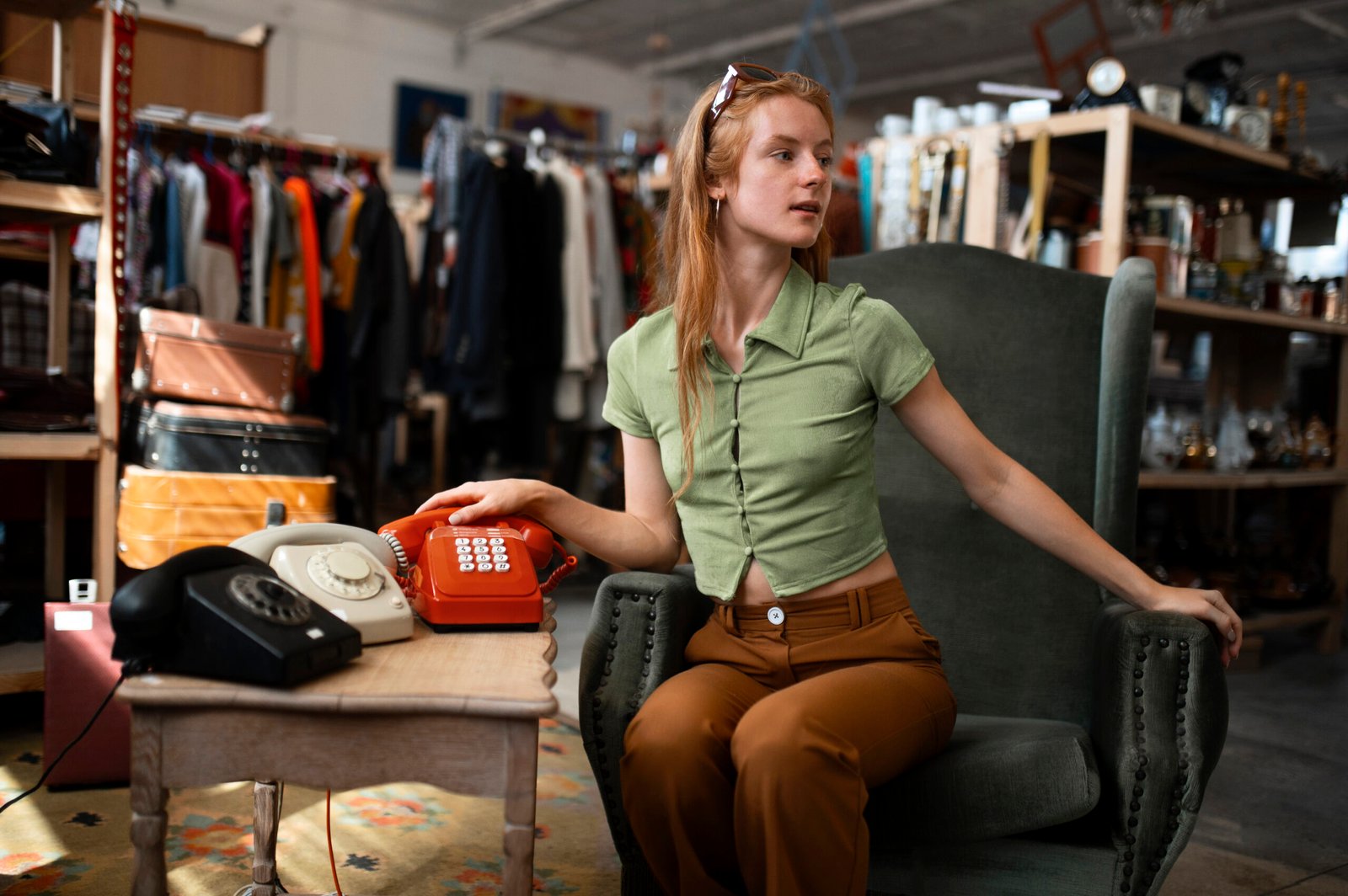In the world of fashion, buying wholesale clothing is a crucial strategy for retailers looking to maximize their profits while staying ahead of the latest trends. Whether you’re an established boutique owner or a newcomer to the industry, understanding the ins and outs of wholesale purchasing can make or break your business. This guide delves into the essential rules and considerations when buying wholesale clothing, providing you with the knowledge to make informed decisions and set your retail business on the path to success.
Getting Started with Wholesale Clothing
Starting the process of purchasing wholesale clothing requires a solid understanding of the basics. Before getting started, there are a few critical steps every retailer should take to ensure they are legally and strategically prepared.
Importance of a Resale Certificate
A resale certificate is a fundamental document that allows you to purchase goods from a supplier without paying sales tax, under the condition that the goods will be resold. Having this certificate not only legitimizes your business in the eyes of suppliers but also significantly reduces your upfront costs. It’s important to research the specific requirements in your state or country, as regulations can vary.
Understanding the Wholesale Buying Process
The wholesale buying process can be complex, especially for beginners. It typically involves:
- Selecting a supplier.
- Negotiating terms.
- Placing orders.
- Managing inventory.
Retailers must familiarize themselves with the different types of wholesalers, such as manufacturers, distributors, and liquidators, to determine which best suits their business needs. Moreover, building strong relationships with reliable suppliers can lead to better pricing and priority access to new collections.
Factors to Consider When Buying Wholesale Clothing
Choosing the right wholesale clothing is not just about picking what looks good. Retailers need to consider various factors that influence their purchasing decisions, which will, in turn, affect their sales and profitability.
Seasonal Trends and Timing
The fashion industry is highly influenced by seasonal trends, making timing a critical factor in wholesale purchasing. Retailers need to predict upcoming trends and stock their inventory accordingly to meet consumer demand. Buying too early or too late can result in either missed opportunities or excess stock that is hard to move. Staying informed about fashion shows, trend forecasts, and market demand can help you make timely purchasing decisions.
Determining Size Ranges and Varieties
When purchasing wholesale, it’s essential to consider the size ranges and varieties that will appeal to your target market. Offering a diverse range of sizes ensures that you cater to a broader audience, which can increase your customer base and sales. Additionally, stocking a variety of styles, colors, and patterns can help you stand out from competitors and attract fashion-conscious shoppers.
Staying Ahead of Fashion Trends
In the fast-paced world of fashion, staying ahead of trends is crucial for maintaining a competitive edge. Retailers should continuously research and anticipate emerging trends to ensure their inventory remains fresh and appealing. This might involve:
- Attending fashion shows.
- Following industry influencers.
- Analyzing consumer behavior.
By being proactive, you can stock the latest trends before they hit the mainstream, positioning your store as a go-to destination for fashion-forward customers.
Cost Considerations for Wholesale Clothing
Managing costs effectively is key to running a successful retail business. Understanding the various factors that influence wholesale pricing and employing cost-saving strategies can significantly impact your bottom line.
Understanding Wholesale Pricing
Wholesale pricing is influenced by several factors, including the type of label, manufacturing practices, and order volume. Retailers need to have a clear understanding of these elements to negotiate better deals and price their products competitively.
Generic vs. Designer Labels
One of the primary distinctions in wholesale pricing is between generic and designer labels. Designer labels typically come with higher price tags due to:
- Brand value.
- Exclusivity.
- Perceived quality.
However, they also have the potential to attract a more affluent customer base willing to pay a premium. On the other hand, generic labels offer more affordable pricing, allowing for higher profit margins on each sale, though they may require more marketing effort to sell.
Impact of Manufacturing Practices
The cost of wholesale clothing is also affected by the manufacturing practices employed by suppliers. Ethical and sustainable manufacturing processes often lead to higher costs but can attract customers who value social responsibility and environmental stewardship. Conversely, mass-produced items in low-wage countries may offer lower prices but could raise ethical concerns. Retailers need to consider their brand values and customer preferences when selecting products based on manufacturing practices.
Cost-Saving Tips
To maximize profitability, retailers can adopt several cost-saving strategies when purchasing wholesale clothing.
- Buying Locally: This can reduce shipping costs and lead times, allowing you to replenish your stock more quickly. Additionally, local suppliers may be more flexible in terms of order quantities and payment terms.
- Off-Season Purchases: It allows you to take advantage of discounted prices on items that suppliers are eager to move. While it requires careful planning and storage, this strategy can significantly lower your costs.
- Bulk Buying Advantages: Often results in lower per-unit costs, which can greatly increase your profit margins. However, it’s important to balance bulk buying with your inventory management to avoid overstocking and the associated costs.
By carefully considering these factors and implementing cost-saving strategies, retailers can make informed decisions when buying wholesale clothing, ultimately leading to a more successful and profitable business.


